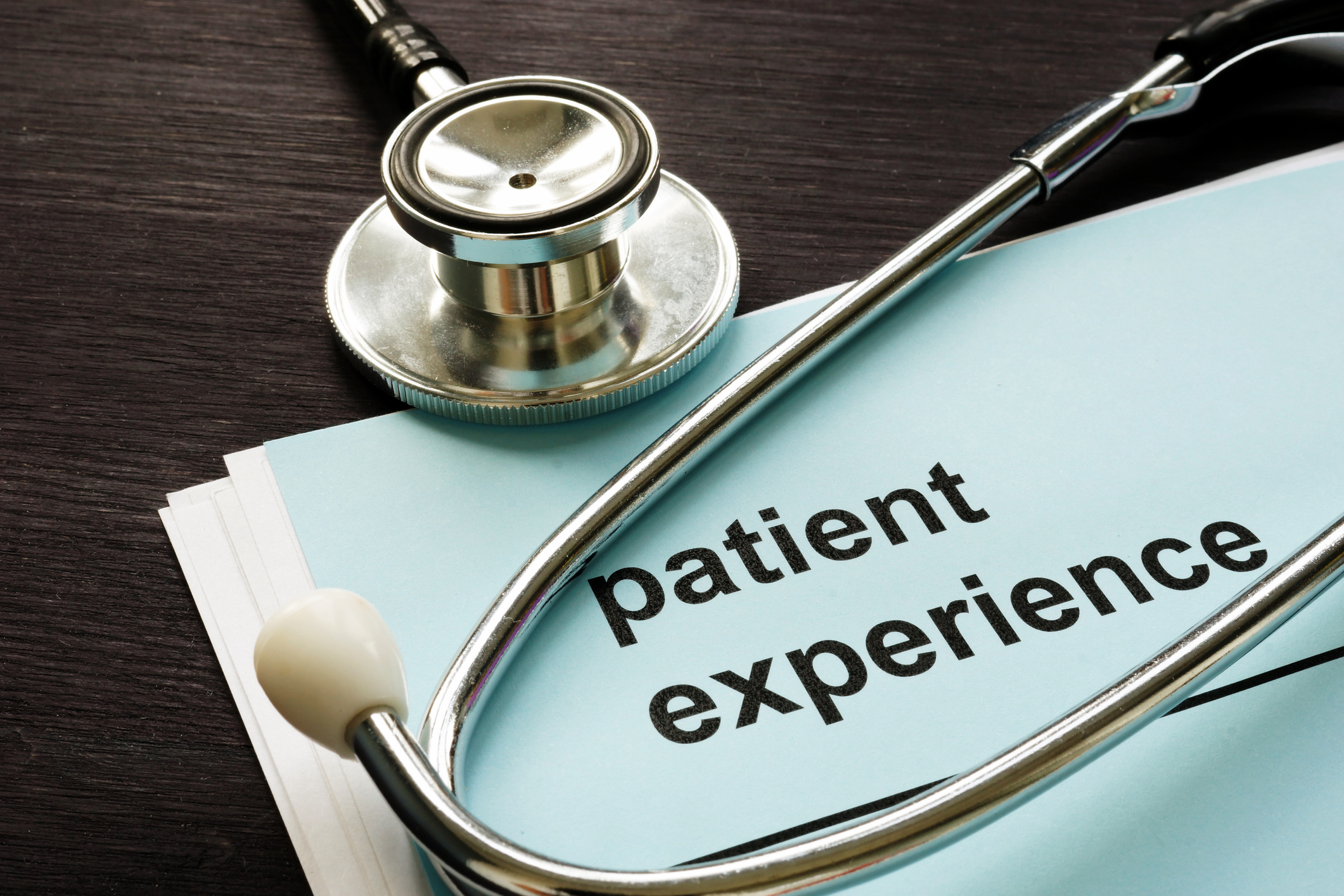As medical costs escalate, it is essential for healthcare leaders to address financial barriers that force patients to skip or delay necessary care. Far too many patients are burdened with unmanageable out-of-pockets expenses, which have increased 111% since 2010 and are projected to keep rising.
Fortunately, there is ample funding available—$58 billion, according to our own data—to help patients offset their costs of care. However, these resources remain largely untapped, due to underutilization by providers and pharmacies. While many healthcare organizations offer financial assistance programs, these programs often suffer from narrow scopes, undefined business drivers, and limited capacities. The result? Missed opportunities to maximize cost savings.
To broaden access to these resources, healthcare leaders should look no further than the patients themselves—and explore innovative ways to empower them. Here are the top reasons to focus on consumer-driven technologies that improve financial experience and affordability:
- Consumer Expectations: Patients now expect the same level of convenience, personalization, quality, and value in healthcare that they experience in other industries. Consumers—many of whom are accustomed to food delivery and online banking apps—want a “one-click experience” when they interact with their provider or pharmacy.
- Patient-Centered Care: Creating positive patient experiences, especially when it comes to financial matters, is a top priority for providers and pharmacies. In fact, 69% of hospital C-suite executives rank consumer experience as a top strategic priority.
- Digital Demand: Patients seek user-friendly technologies to schedule medical appointments, communicate with providers and pharmacies, and pay for care. However, research shows that many feel their healthcare organizations are not offering suitable digital experiences.
- Increased Patient Engagement: Patients want to be actively involved in their healthcare journeys, particularly in financial decisions. Consumer-facing technology solutions offer deeper engagement.
- Improved Health Equity: Empowering patients and increasing engagement in their financial journey can enhance healthcare access, contributing to improved equity and reduced disparities.
- Greater Transparency: Consumer technologies can promote price transparency, helping patients compare costs, make informed choices, and ultimately afford vital treatments.
- Higher Patient Satisfaction: Positive financial experiences lead to higher overall satisfaction rates, which can boost a provider or pharmacy’s reputation and patient retention. Offering superior financial experiences can also differentiate healthcare organizations in a competitive landscape.
- Better Treatment Outcomes: By enabling patients to find financial assistance for their medications, consumer-driven solutions can promote treatment adherence. When patients have the means to afford care, they are more likely to stick with treatment as prescribed—leading to better outcomes in the long run.
- Healthier Bottom Line: When patients have the tools to make treatment more affordable, they are more likely to pay their medical bills. For providers, this means improved revenue collection rates and reduced bad debt. For pharmacies, it means lower rates of prescription abandonment and thus, better financial performance.
- Stronger Healthcare Ecosystem: A focus on patient experience, engagement, and empowerment benefits not only consumers, but the entire healthcare network. The result is improved financial well-being for all parties involved.
Now is the time for healthcare leaders to adapt to consumer expectations, enhance patient engagement, and leverage technology to tackle affordability.
To learn more about how consumer-driven technologies can empower patients and improve financial experience, we invite you to read our CEO Srulik Dvorsky’s perspective on HIT Consultant.


